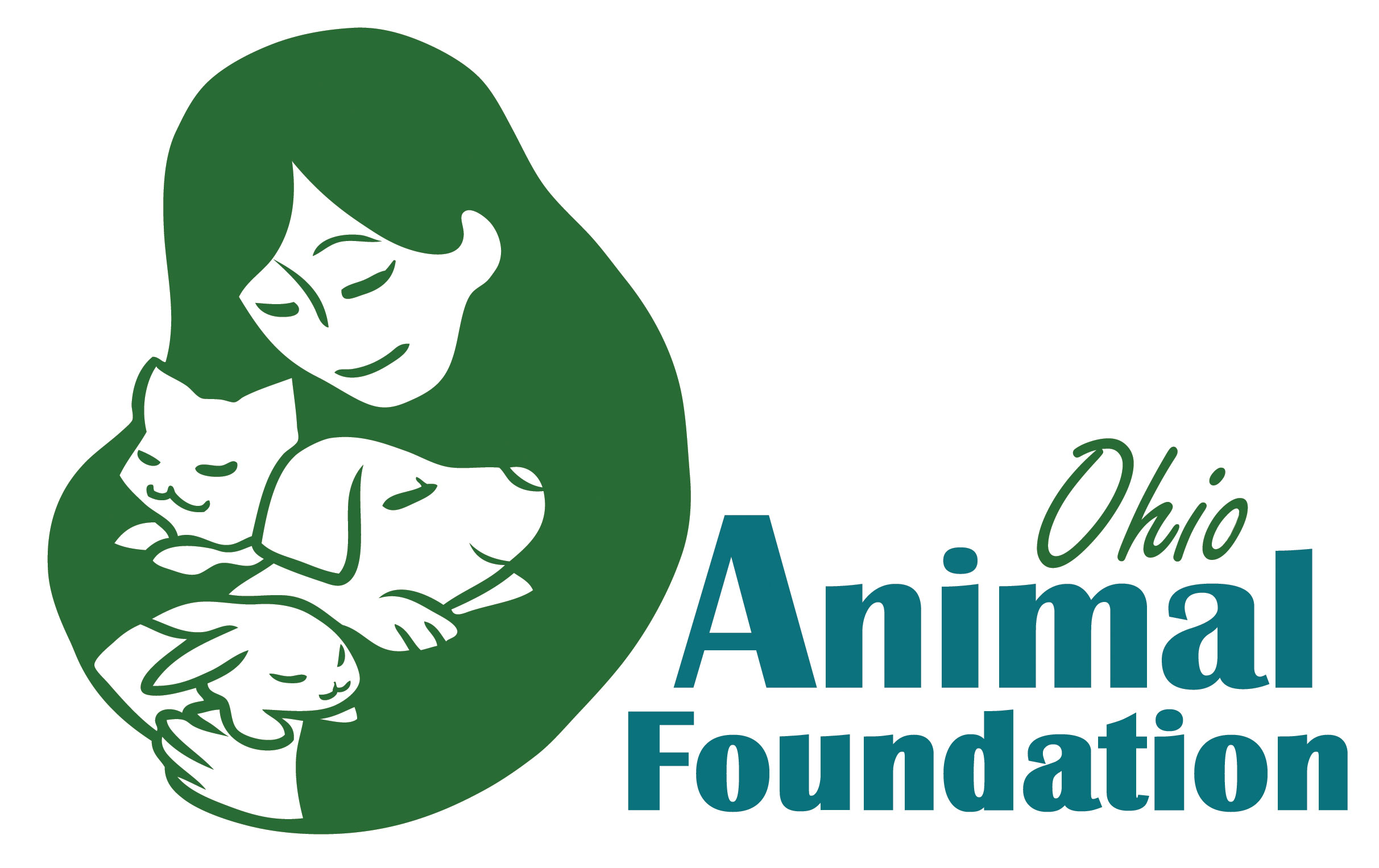Dog parks, enclosed areas where dogs can play together off-leash, have become very popular, and with good reason. They can be a wonderful way to socialize your dog with other dogs, and allow boisterous dogs to burn off excess energy. A tired dog is a happy dog!
 There are some important matters of etiquette to keep in mind, though, before heading off to the park with your pup. Observe these dog-park do’s and don’ts to help make your dog’s visit to the park as fun as can be.
There are some important matters of etiquette to keep in mind, though, before heading off to the park with your pup. Observe these dog-park do’s and don’ts to help make your dog’s visit to the park as fun as can be.
DON’T:
Don’t bring food and toys. Toys and treats can bring out everyone’s possessive streak, leading to fights. Water, on the other hand, is essential, particularly on hot days. Bring a bottle of water as well as a bowl for your dog to drink from.
Don’t bring dogs without spaying or neutering first. Unneutered dogs tend to be more aggressive and may have a hard time getting along with the other dogs. And it’s almost guaranteed that female dogs in heat will create a stir, even among neutered males.
Don’t bring puppies under four months old. At this age, puppies don’t have all their vaccinations yet, and are at increased risk for disease. They are also small enough to be easily injured by rough play with a larger dog. It’s important to socialize your puppy to other dogs, however, so try to arrange play dates with other friendly, healthy dogs, or enroll your puppy in a puppy behavior class.
Don’t mix leashed and unleashed dogs. Keeping your dog leashed among unleashed dogs can make her anxious and increase aggression. Remove her leash while standing within the safety gates, just prior to entering the park. Do keep the leash handy at all times, in case you suddenly need to use it.
DO:
Scope out the scene. By visiting the park first without your dog, you can observe how crowded you can expect it to be, and how the other dogs play. You can also see whether there is a separate small dog enclosure, which is essential for little dogs who are intimidated by larger breeds. If you’re lucky enough to live in an area with several nearby parks, visit them all to get a feel for which might be best for your dog.
Keep it low-key. Introduce your dog to the park at a time when it’s not crowded. Walk him along the outside of the fence for a while, allowing the dogs inside to get used to his presence. Limit your first few visits to the park to 15 minutes to let him adjust to this exciting new place.
Know your dog. Dog parks are perfect for active, friendly dogs who mind their manners. If your dog is shy and fearful, or has a physical limitation such as arthritis or hip dysplasia, the park will be stressful rather than fun. Conversely, if your dog is overly rambunctious or aggressive towards other dogs, she is not a good fit for playing in a dog park.
 Know dog body language. The difference between carefree roughhousing and a brewing fight is subtle but unmistakable. Friendly play, for instance, involves a surprising amount of growling, but the dogs’ movements are also loose and relaxed, and they frequently “play bow,” or drop to their elbows while keeping their rumps in the air. Signs of trouble include stiffened movement or direct staring. To learn more about dog body language, chat with other people at the dog park, consult a dog trainer, or check out some of the many books, websites and DVDs on the subject.
Know dog body language. The difference between carefree roughhousing and a brewing fight is subtle but unmistakable. Friendly play, for instance, involves a surprising amount of growling, but the dogs’ movements are also loose and relaxed, and they frequently “play bow,” or drop to their elbows while keeping their rumps in the air. Signs of trouble include stiffened movement or direct staring. To learn more about dog body language, chat with other people at the dog park, consult a dog trainer, or check out some of the many books, websites and DVDs on the subject.
Clean up after your pooch. This rule applies both inside and outside of the park enclosure—and indeed, anywhere you go with your dog! Most dog parks come equipped with baggies and trash cans for this purpose but some do not, so be sure to bring your own.
Have fun! People who frequent dog parks are usually devoted to their pets, and their dogs generally play well with others. If you come prepared, chances are you and your dog will have a great time at the park. Your dog will learn important lessons about getting along with other dogs, and you will meet like-minded dog people. And best of all, you will head home with a pleasantly exhausted dog in tow!
— Meredith Southard
